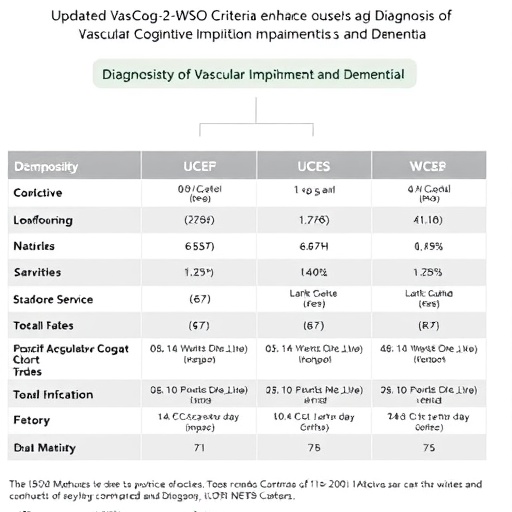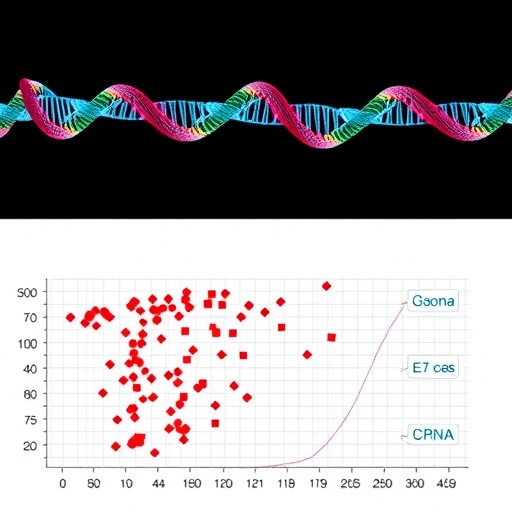Two biophysicists from Case Western Reserve University School of Medicine have used supercomputers to show how cell membranes control the shape, and consequently the function, of a major cancer-causing protein. The protein, a small enzyme called K-Ras, is attached to cell membranes where it senses signals that originate outside the cell. During cancer, dysfunctional K-Ras then activates proteins inside the cell that can cause tumor growth and metastasis. K-Ras functions as a troublesome molecular switch, which is perpetually "on" in many cancers, particularly pancreatic cancer. The study not only offers a novel method to study K-Ras, which is only 1/100,000th of an inch across, but also shows how the protein's geometry could explain its role in cancer progression.
In a series of simulations described in the journal Structure, researchers discovered how fats and electrical charges in cell membranes can completely change the orientation of K-Ras. Too much of one particular type of fat, or lipid, in a membrane shifts and turns K-Ras, shoving its active portion away from the membrane and into the cell, where it can transmit cancer-causing signals. Other membrane lipids help tuck portions of the cancer-driving protein away, putting it in close contact with the membrane and thereby rendering it inactive.
"Experimental studies have shown that the orientation of the cancer-causing K-Ras protein at the membrane matters for its function," said Matthias Buck, PhD, study lead and professor of physiology and biophysics, Case Western Reserve University School of Medicine, and a member of the Case Comprehensive Cancer Center. "We found that a particular type of membrane lipid, PIP2, turns the protein to an orientation that allows it to become active and promote cancer."
The discovery suggests limiting concentrations of PIP2 in cell membranes could help keep the harmful K-Ras protein hidden by the membrane in the "off" position. "The finding that certain cell signaling lipids change the activity of an oncogenic Ras protein, suggests that we might be able to interfere with tumor progression by inhibiting the enzymes which make the specific cell signaling lipid in cells," Buck said.
The study was inspired by Buck's co-author, Zhen-Lu (Andrew) Li, PhD, postdoctoral scholar in the department of physiology and biophysics at Case Western Reserve University School of Medicine. As Buck related, "He looked at the structure of the K-Ras protein and how it interacts with the membrane carefully. He found that the protein is not a 'round sphere' but rather a 'pyramid-like structure.' Thus, there are only five surfaces that can be used to interact with the membrane."
Armed with this revelation, the researchers studied all five K-Ras orientations in computer simulations that placed the protein at different membranes, mimicking physiological situations. Each simulation allowed the researchers to predict, down to the atom, how K-Ras would spin and orient itself in response to the membrane's composition, and the extent of electrical charges on each of its surfaces.
"We represent all atoms of our protein in a 'virtual space' in the computer. How atoms interact and exert forces on each other has been defined over many decades of work, allowing us to predict the motion of protein regions and also their structures," explained Buck. "In this way, modern supercomputers allow millions of small timesteps of atomic motions to be simulated, getting us to examine the protein but also cellular membrane behavior on the microsecond timescale."
Such real-time simulations require enormous computer power. "We have been lucky to get time on a specialized computer for molecular dynamics simulations, called Anton, at the Pittsburgh Supercomputer Center for the last several years. The Case High Performance Computing Cluster and the Ohio Supercomputer Center have also helped us to carry out the simulations, which often take several weeks, if not months of computer time," Buck said.
K-Ras has long been a top target for drug design. But the new study reveals harmful physical characteristics of the protein may be due to its membrane environment. This insight could help drive new innovations in cancer prevention. Li summarized, "Features of K-Ras-membrane interactions may steer us in a different and novel direction for drug design. Instead of directly targeting K-Ras, the membrane may also be considered."
###
Funding for the study was provided by a grant from the National Institute of General Medical Science (R01GM112491 to M.B.). The Ohio Supercomputer Center (Columbus, Ohio) provided computational resources, and Anton computer time was provided by the Pittsburgh Supercomputing Center through National Institutes of Health grant R01GM116961.
For more information about Case Western Reserve University School of Medicine, please visit: http://case.edu/medicine.
Media Contact
Marc Kaplan
[email protected]
216-368-4692
@cwru
http://www.case.edu
############
Story Source: Materials provided by Scienmag




